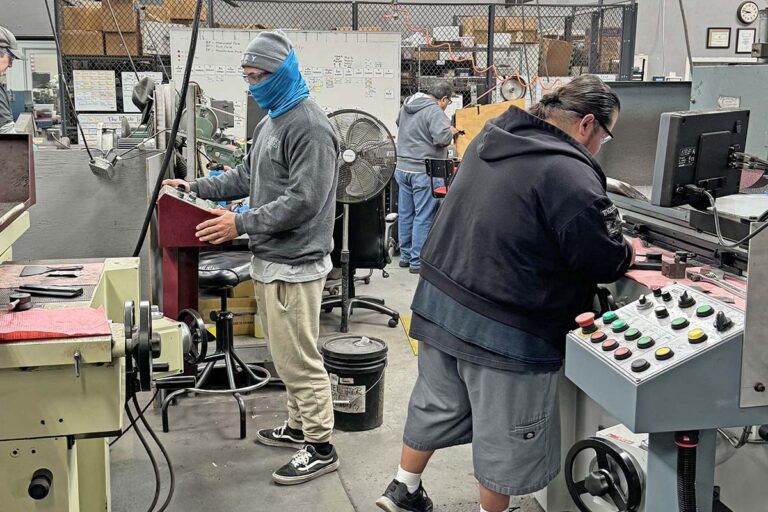
Four U.S. knife manufacturers talk making knives in the USA
Editor’s note: Last time, BLADE® featured four of today’s U.S.-based knife manufacturers ranging from long-time companies to the latest factory operations: Emerson Knives, Inc., White River Knife & Tool, Tactile Knife Co. and Montana Knife Co. (MKC). This time the author asks the respective principals of each company—Ernest Emerson, John Cammenga Sr., Will Hodges and Josh Smith—about their success, the high cost of making knives in America, and the future of the U.S. factory knife industry.
BLADE: What are some of the most difficult things about making knives and staying profitable in today’s market?
CAMMENGA: I’m sure most companies in our industry feel the same. Most challenges are from heavy taxation, excessive regulation, and now, expensive capital.
SMITH: The taxes and regulations we deal with make it difficult to have margins that China-made-knife companies have.
HODGES: Our price points are pretty reasonable compared to other made-in-USA companies, which has been hard.
BLADE: John, you’ve mentioned that finding reliable help is also an issue. Would any of the rest of you like to comment?
HODGES: We’ve been very fortunate to find great employees that are dedicated to the mission.
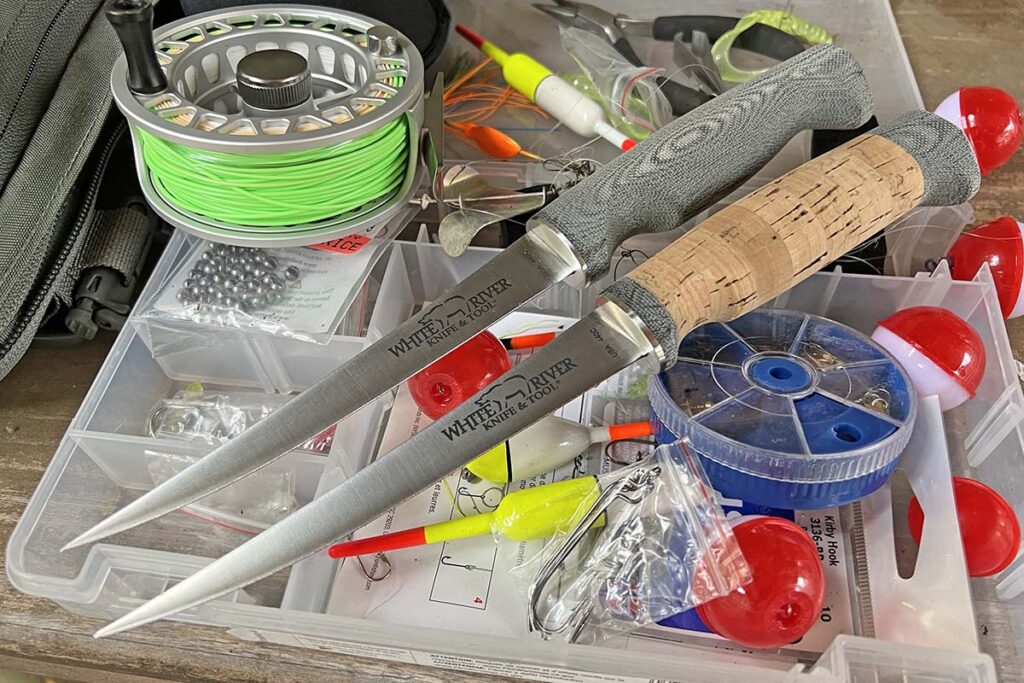
BLADE: Ernest, you’ve said that the main competition to all USA knife companies is competition from overseas. Please elaborate.
EMERSON: [We are] competing against companies that manufacture or buy their knives for under $20 apiece and then sell them for the same price as we do. As China made considerable inroads in the knife industry, one of their major advantages was labor force, thus being able to produce quality products at reduced prices. This kept the entire industry on its toes and the American companies no doubt started feeling the pinch in a big way.
BLADE: Why is it so much more expensive to make knives in America than overseas?
HODGES: The biggest factor is labor. I’m dedicated to paying my employees well and providing health insurance, paid time off, a 401K and a great working environment. If you want to have good employees, you want to treat them well in hopes that you will retain such help. Investing in your employees in this way is a bit costly but it’s the price of doing business.
CAMMENGA: It is simply not a level playing field. We are committed to making it work here [in the USA]. We are committed to our employees and customers alike by making our knives in the USA and using USA-sourced materials as well.
SMITH: Employee wages factor into this as well. Our dollar per hour paid is what [Chinese] workers get paid per day.
EMERSON: [There’s also the] usual regulations and taxes and the cost of setting up shop here in the USA. American wages, American raw materials, American taxes, American restrictions, all of those good things go into it.
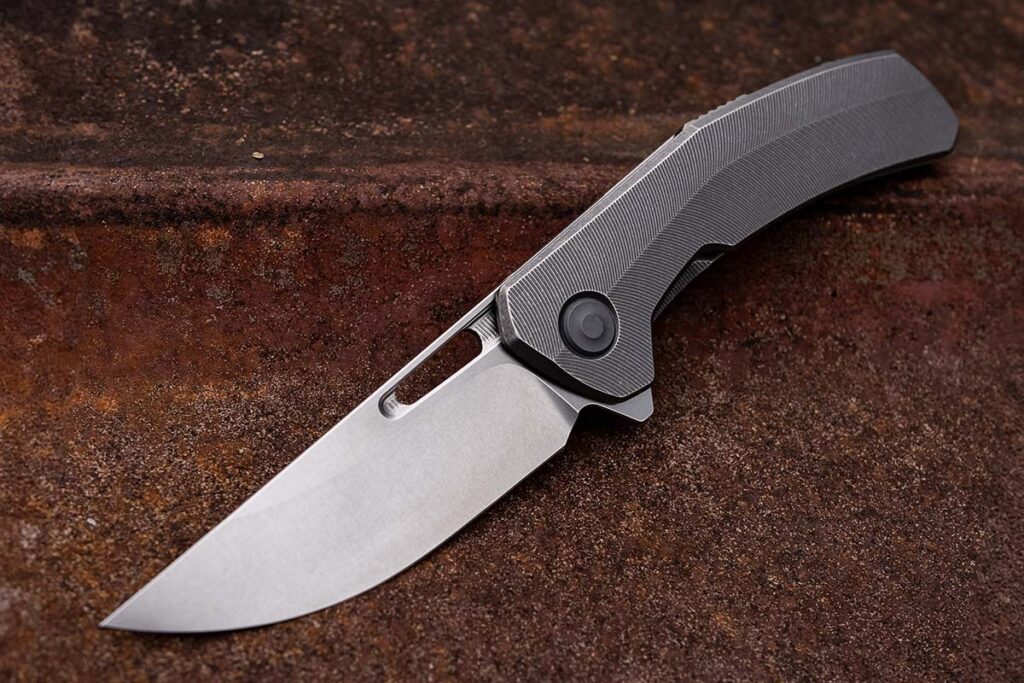
BLADE: There are some advantages to making knives in the USA that you hold over those who make them overseas. What are those and how do you try to capitalize on them?
EMERSON: Through the generations my entire family spent time in service to this country, and I never will forget that. I never wanted to do anything but put Americans to work. I never wanted to be anything except an American-made manufacturer, American-made company.
SMITH: Making knives in the USA has allowed companies like Montana Knife to be more agile as a company. Our knives and materials do not sit in container ships for months. We can ramp up and slow down production in real time, thus allowing us to respond to customer demand.
CAMMENGA: This means not having to be at the mercy of the almighty supply chain. It is very nice not to have supply chain issues, increasingly expensive overseas shipping, and concerns over the geopolitical landscape.
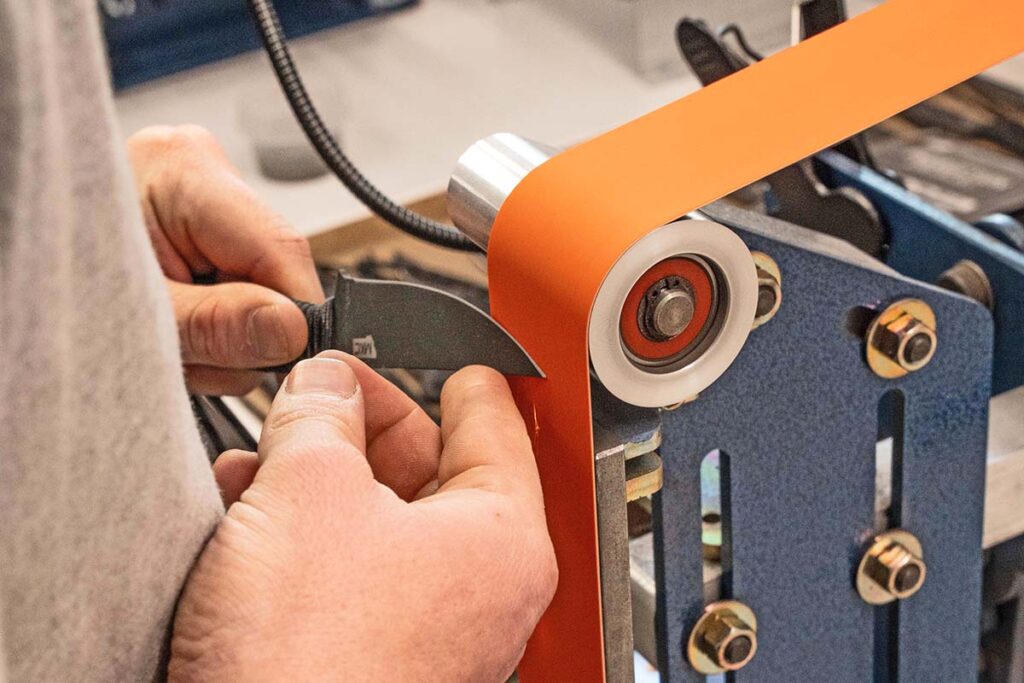
BLADE: Will, you said that there are advantages to making friends in the knife industry. How so?
HODGES: When we run into an issue, we have plenty of friends to go to for advice. As much as the companies in this industry are in competition with each other, they are also there to help each other out as well.
CAMMENGA: We have benefitted from the current re-shoring trends in our OEM work. [Author’s note: As mentioned last time, White River Knife & Tool also does OEM manufacturing work, making knives for other companies as well as knives under its own brand. So, you may or may not own a White River knife without knowing it!]
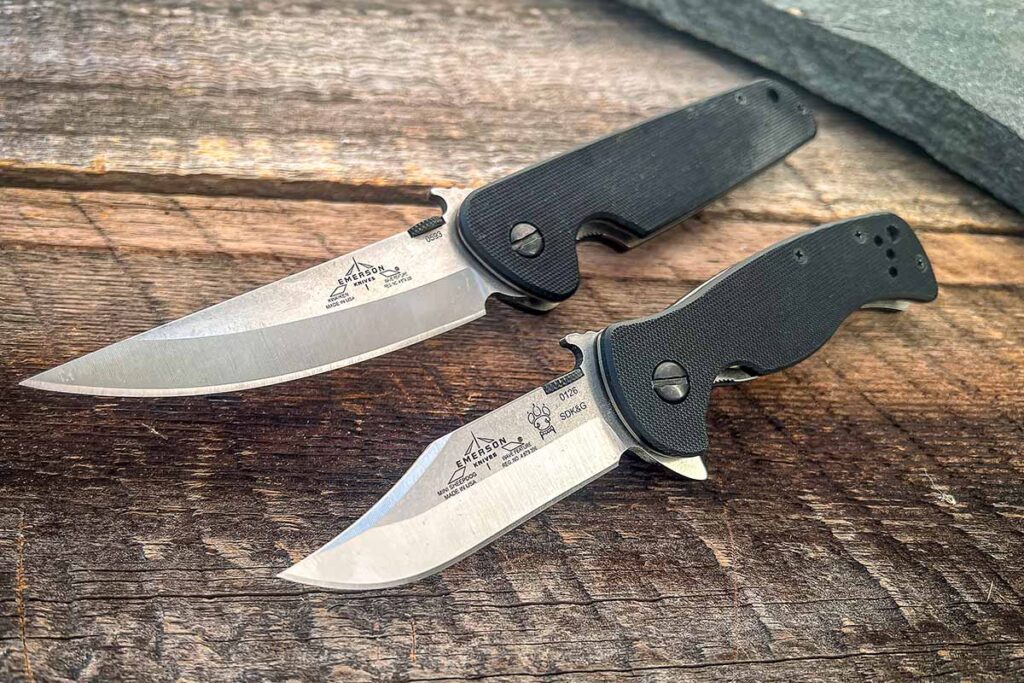
BLADE: What can BLADE readers expect in your next big knifemaking project, and when do you expect it to be available for public consumption?
CAMMENGA: We are excited about producing some of the finest outdoor fixed blades and have some folding knives in the works. We hope to have at least one folding model out in 2024 and several more in 2025.
HODGES: We are excited about our most recent launch, the Archer framelock folder designed by knifemaker TJ Schwarz. It’s a heavy-duty design that is a different direction than our current Maverick folder. We do have another fun launch that should happen by the time BLADE readers read this.
SMITH: Twenty-twenty-four will be the year that Montana Knife Co. will experience more product line diversity. We will shift into the culinary end heavily. Additionally, we are going into the tactical knife space. We estimated that by the mid-third quarter, MKC’s tactical knives will be out on the market. We also have some really cool collaborations coming with well-known people.
CQC-7 Is25
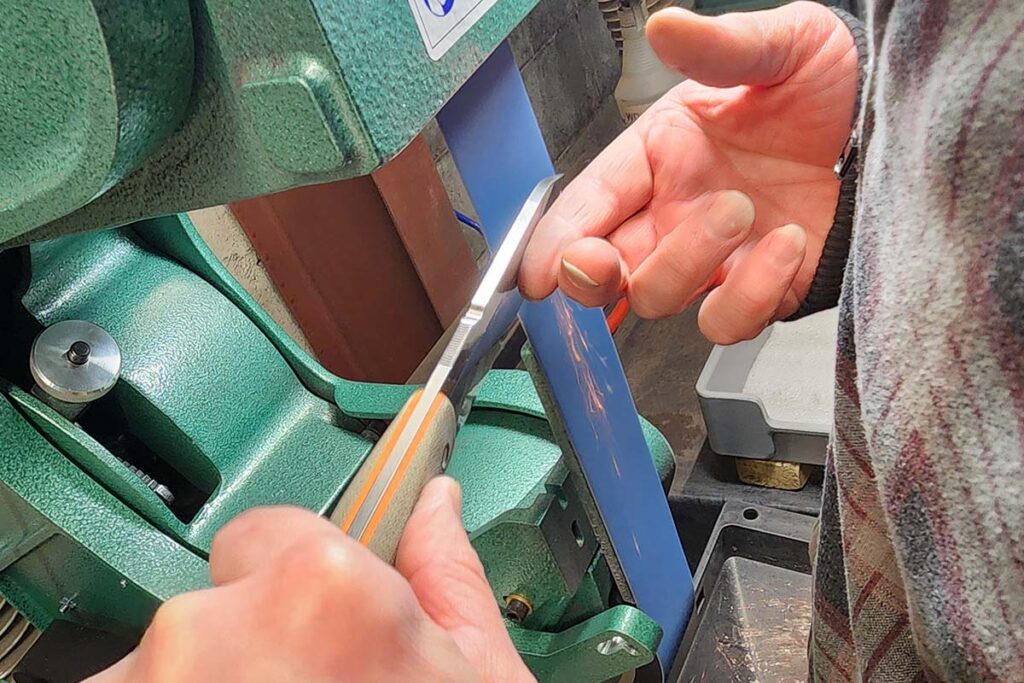
For Emerson Knives, Inc., 2024 will be the silver anniversary of the CQC-7, so expect some exciting surprises to commemorate the iconic tactical folder. Lucas Emerson, Ernest’s son, has become an accomplished knifemaker and designer in his own right, and the company will debut the first folder designed by the younger Emerson, the MX200. Emerson-made automatic openers will be a reality as Emerson is tooling up to produce the knives in a satellite facility in Colorado. Ernest said he hopes to introduce the prototypes at this year’s BLADE Show. And, finally, a kitchen cutlery line will augment the Emerson tactical knife line, too.
Emerson Knives, Inc., Montana Knife Co., Tactile Knife Co. and White River Knife & Tool—look for these and other outstanding U.S.-based knife companies to expand their knife lines and enlist you in what shapes up to be the Great American Knife Boom.
Check Out More Of Tools Of The Pros:
 NEXT STEP: Download Your Free KNIFE GUIDE Issue of BLADE Magazine
NEXT STEP: Download Your Free KNIFE GUIDE Issue of BLADE Magazine
BLADE’s annual Knife Guide Issue features the newest knives and sharpeners, plus knife and axe reviews, knife sheaths, kit knives and a Knife Industry Directory.Get your FREE digital PDF instant download of the annual Knife Guide. No, really! We will email it to you right now when you subscribe to the BLADE email newsletter.






